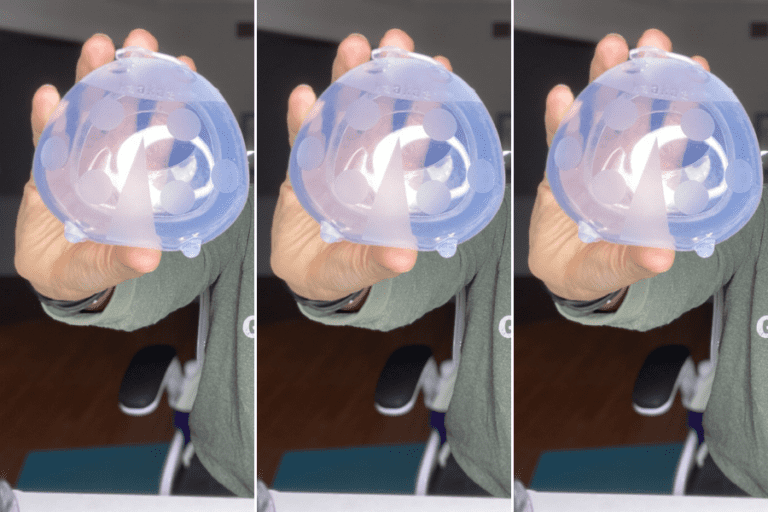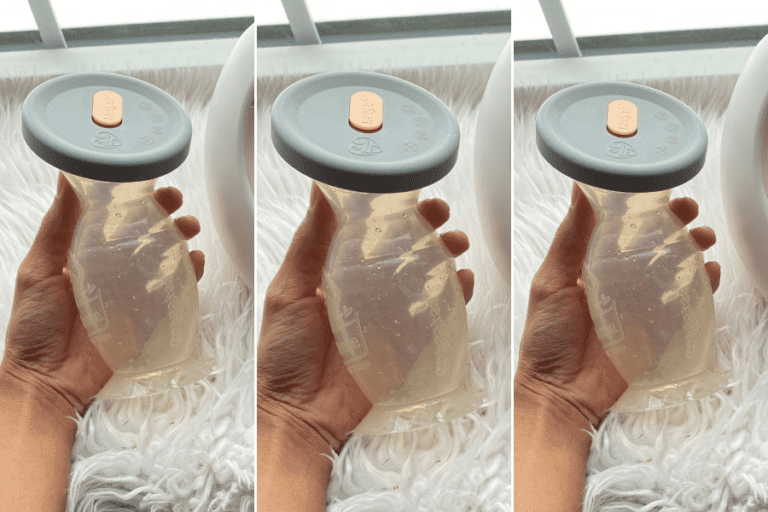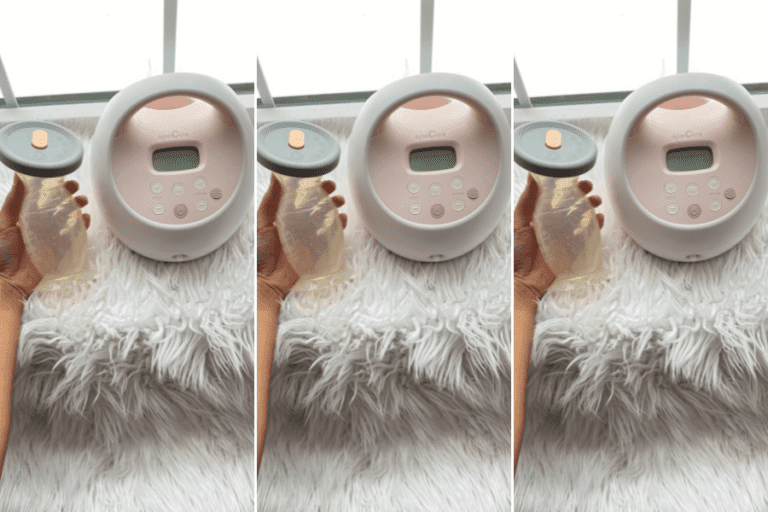21 Engaging Activities: Teaching Toddlers Through Play
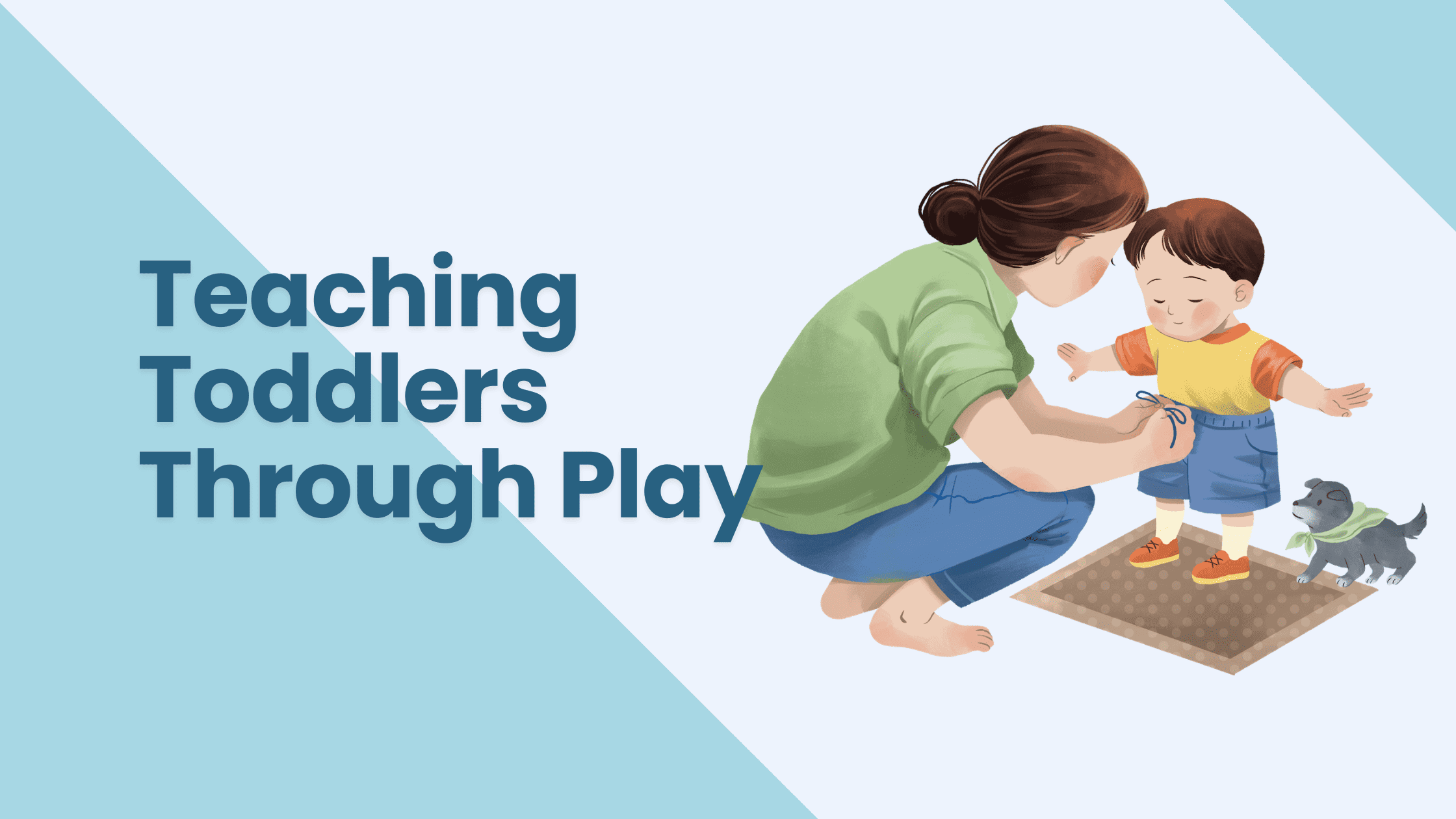
Last Updated on December 27, 2023 by Avi Steen
Do you have a living room scattered with toys, the soundtrack of giggles and squeals, and a frazzled mom juggling sippy cups like a circus performer? That’s my daily scene, and I’m right there with you, navigating the wild adventure of teaching toddlers through play.
So, dear mama in the trenches, let’s get ready to start this journey where the ABCs and 123s are disguised as playdates, building blocks, and maybe a little bit of chaos.
Welcome to my world, where every spill is a science experiment, and every tantrum is an opportunity for emotional intelligence – this is the real deal, and I’m here to share everything about teaching toddlers through the chaos of play.
Grab a cup of coffee (if you can find it amidst the toddler tornado, hint: it’s in the microwave), and let’s dive in together. You’ve got this!
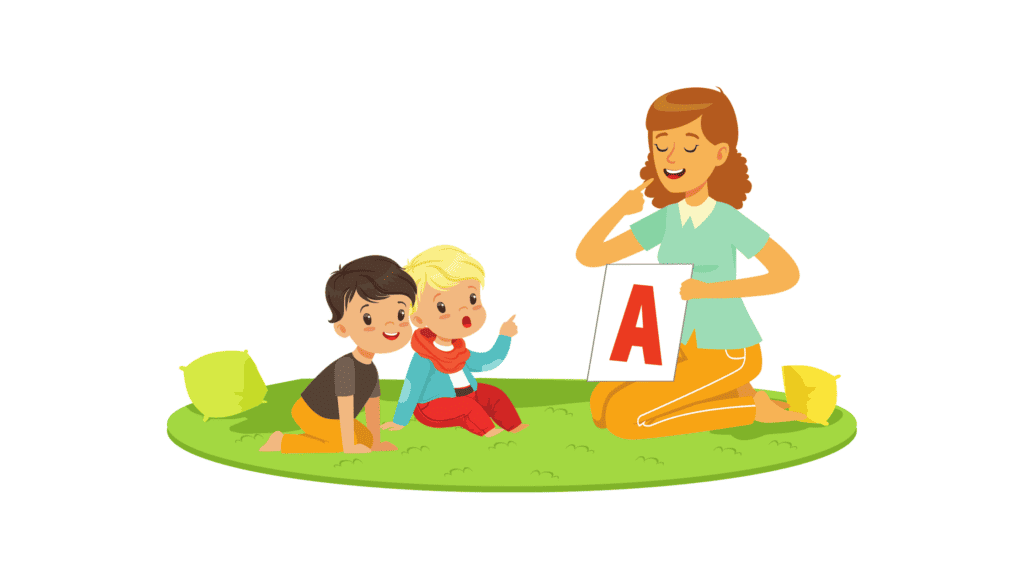
What is Teaching Toddlers Through Play?
Ever wondered how you can transform the mayhem of toddler playtime into a secret classroom of learning? Well, sis, that’s the creativity of teaching toddlers through play!
It’s not just about stacking blocks or pretending to be a dinosaur; it’s a unique process that turns everyday activities into valuable lessons. So, let me break it down for you in a way that even the messiest playroom can’t obscure.
First up, we’ve got the “Tiny Explorer Tango,” where we dance through discovery and curiosity. Then, there’s the “Colorful Counting Carousel,” a whimsical ride through numbers and hues. Finally, we wrap it up with the “Sensory Symphony,” engaging all their senses in a harmonious blend of fun and learning.
Intrigued? Well, grab your conductor’s hat because, in the next few paragraphs, I’m going to spill the secrets behind these playful endeavors, turning your living room into the ultimate preschool playground.
Tiny Explorer Tango
Imagine your toddler as a little explorer, ready to uncover the mysteries of the world around them. In the Tiny Explorer Tango, we dive into the wonders of discovery and curiosity.
An example of this is setting up a “Treasure Hunt” with everyday objects around the house. Hide their favorite toys, and together with your toddler, and then together find these hidden gems. As they navigate through the house, encourage them to use all their senses – touch, sight, and even a bit of taste if it’s safe!
This not only enhances their motor skills but also sparks their innate curiosity, turning your living room into an exciting expedition.
Colorful Counting
Let’s turn counting from a chore into an adventure with colorful counting! Gather an assortment of colored objects – be it building blocks, crayons, or even fruit. Assign a number to each color and ask your little one to pick them up in a specific order.
“Three red apples, two blue blocks!”
This not only introduces basic counting skills but also enhances color recognition.
Sensory Symphony
Prepare for a symphony of sensations with the sensory symphony – a step that engages all your toddler’s senses in harmony. Create a sensory bin by filling a container with materials like rice, pasta, or sand.
Throw in some textured toys, and let the sensory exploration begin!
Encourage them to touch, feel, and even listen to the sounds of their tiny hands playing. This not only develops their sensory awareness but also provides a soothing and therapeutic playtime.
These are just a few ways to introduce play into your child’s life. Below are more ways, based on your toddler’s age, that you can encourage them to learn through play.
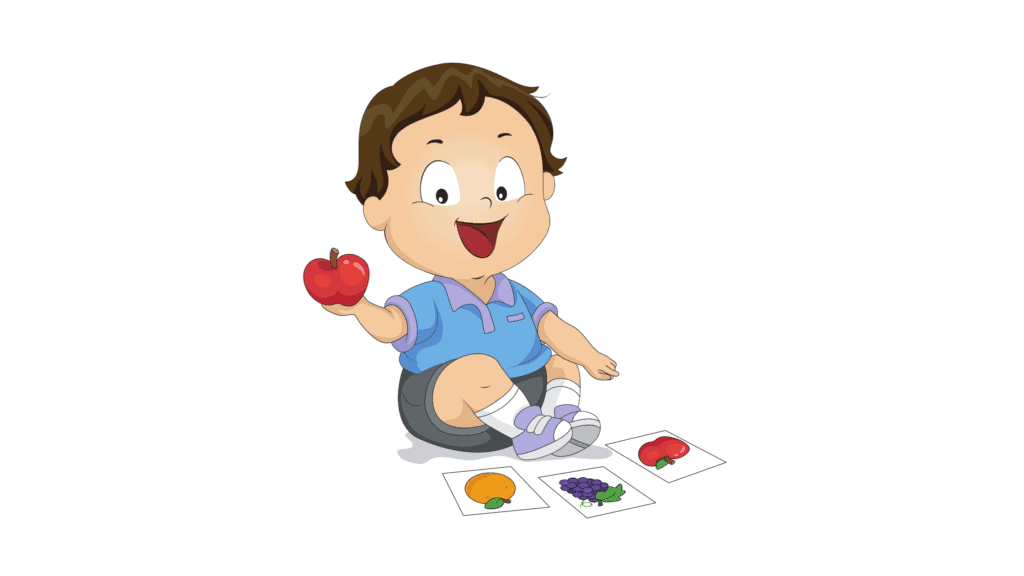
21 Engaging Activities for Toddlers by Age
If you’ve ever found yourself staring into the abyss of toddlerhood, wondering, “What on earth am I going to do to keep them entertained today?” You’re not alone!
I’ve compiled a list of 21 Engaging Activities for Toddlers, tailor-made for each age group. From the tiny tornadoes barely out of diapers to the fearless explorers itching to conquer the world with their newfound mobility, we’ve got something for everyone.
Whether you’re knee-deep in the toddler two-step or bravely facing the challenges of the terrific threes, these activities are designed to captivate those curious minds and keep those tiny hands happily occupied.
Let the fun commence!
Activities for 12-24 Months
Sensory Play with Soft Fabrics
Engage your one-year-old in a world of textures with soft fabric exploration. Lay out different materials like velvet, silk, and cotton for them to touch and feel.
This sensory experience not only stimulates their tactile senses but also provides a cozy and comforting playtime.
Shape Sorting Fun
Introduce basic shapes through a simple sorting game. Use colorful blocks with various shapes and guide your toddler in placing each block in the right hole.
This activity enhances hand-eye coordination and introduces them to the wonderful world of shapes.
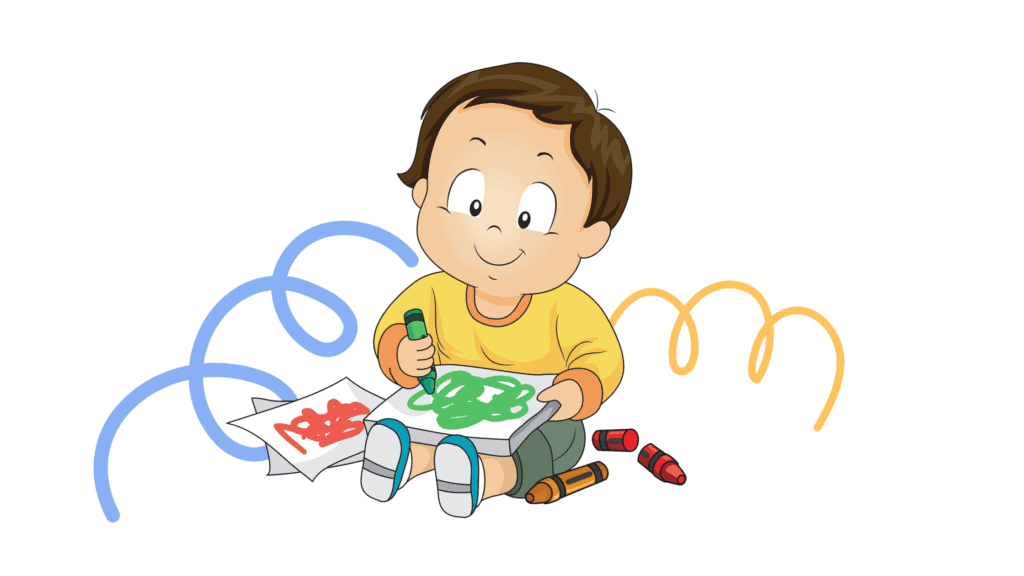
Mess-Free Finger Painting
Channel your little Picasso’s artistic spirit without the chaos. Place a sheet of paper inside a sealed plastic bag, add a few dollops of paint, and seal it tight.
Your toddler can then squish, squiggle, and create their masterpiece without the mess – it’s a win-win for creativity and cleanliness!
Bubble Wrap Stomp
Turn bubble wrap into a stomping sensation! Tape a piece of bubble wrap to the floor, and let your toddler experience the joy of popping bubbles with their tiny feet.
It’s a fantastic way to enhance gross motor skills while providing endless entertainment.
DIY Sensory Bottles
Create mesmerizing sensory bottles using clear plastic containers filled with colorful liquids, glitter, or small objects. Secure the lid tightly, and let your toddler shake, rattle, and roll these captivating bottles.
It’s not only visually stimulating but also promotes focus and concentration.
Nature Walk in the Living Room
Bring the outdoors inside with a mini nature walk. Place different textures on the floor like grass mats, soft blankets for “sand,” and let your toddler explore their indoor nature trail.
This activity encourages movement and sensory exploration.
Dance Party with Scarves
Crank up the tunes and host a dance party with a twist – colorful scarves! Your little one can wave, twirl, and bop to the beat while holding onto these flowing fabrics.
It’s a delightful way to encourage movement, rhythm, and coordination.
These activities are not just playtime; they’re building blocks for your one-year-old’s development, providing a perfect blend of fun and learning. Enjoy every precious moment of discovery!
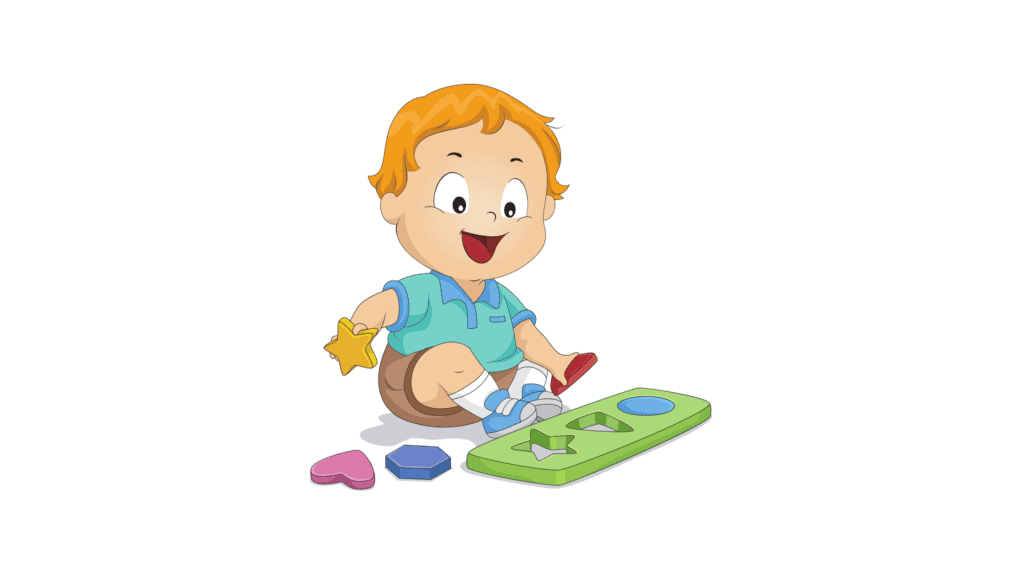
Activities for 2-Year-Olds
Pasta Threading
Boost fine motor skills by threading beads onto pasta or shoelaces. This entertaining activity not only engages their fingers but also introduces them to the world of patterns and coordination.
DIY Color Sorting Bins
Transform ordinary household items into a color-sorting extravaganza. Assign different colors to bins and let your toddler sort toys or objects accordingly.
It’s a playful way to reinforce color recognition while honing organizational skills and a great way to include them in laundry chores.
Obstacle Course Adventure
Create a mini obstacle course using cushions, tunnels, and soft play mats. Watch your little adventurer navigate through the course, developing balance, coordination, and a sense of spatial awareness.
Bubble Wrap Stomp and Paint
Combine the joy of popping bubbles with artistic expression. Tape a large sheet of paper to the ground, add paint to bubble wrap, and let your two-year-old stomp away. It’s messy, creative, and guarantees lots of giggles.
Nature Scavenger Hunt
Take the excitement of a scavenger hunt indoors by hiding natural objects around the house. Encourage your toddler to find items like leaves, pinecones, or flowers.
It’s a fantastic way to blend learning with the thrill of discovery.
Balloon Tap and Catch
Blow up a few balloons and let the tapping and catching games begin! This simple yet effective activity improves hand-eye coordination and motor skills and adds a touch of whimsy to playtime.
Playdough Creations
Unleash your toddler’s creativity with playdough. Provide various tools and accessories like cookie cutters, and watch as they mold, squish, and shape their imaginative masterpieces.
It’s a hands-on way to enhance fine motor skills and encourage imaginative play.
These activities are more than just ways to keep your two-year-old entertained; they’re interactive experiences that contribute to their cognitive and physical development. Embrace the laughter, the mess, and the joy of exploration with these engaging playtime ideas!
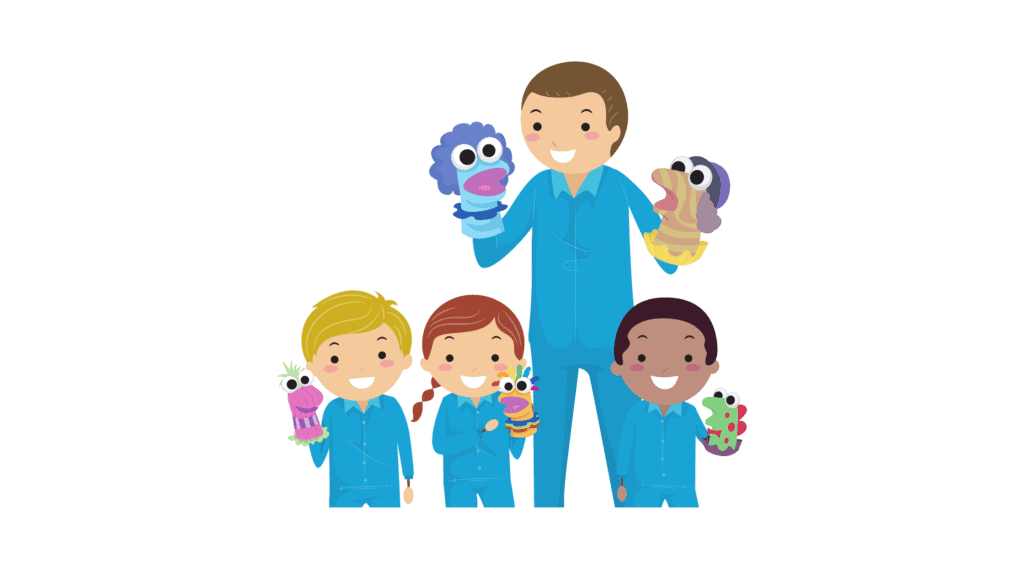
Activities for 3-Year-Olds
Storytime Puppet Theater
Imagine the delight in your three-year-old’s eyes as they bring their favorite stories to life with their own puppet theater. Together, craft simple sock puppets using old socks, buttons, and googly eyes.
Once the characters are ready, create a makeshift theater using a blanket draped over a table. Watch as their imagination unfolds, narrating tales and adventures with their newfound puppet friends.
This interactive storytelling not only sparks creativity but also nurtures language development, turning storytime into a lively and engaging experience.
Shape Hunt with Flashlights
Make learning shapes an exciting adventure with a shape hunt using flashlights. Cut out various shapes from colored paper and hide them around the room.
Armed with a flashlight, your three-year-old becomes a shape detective, searching high and low for circles, squares, triangles, and more. Each discovery is met with squeals of joy, reinforcing shape recognition in a playful and interactive way.
Outdoor Art Gallery
Bring the joy of artistic expression outdoors with an open-air art gallery. Set up large sheets of paper on easels or directly on the ground with chalk.
Armed with washable paints and brushes, your little Picasso can create vibrant masterpieces under the open sky.
This activity not only fosters a love for the arts but also encourages self-expression as they explore colors and shapes freely.
Obstacle Course Olympics
Turn a regular day into a mini Olympics with an obstacle course tailored for your three-year-old. Set up simple challenges like crawling tunnels made from blankets, balancing beams using tape on the floor, and soft hurdles made from cushions.
As they conquer each obstacle, the sense of achievement and joy radiating from their little faces is priceless. This playful and physically engaging activity not only keeps them active but also enhances coordination and balance.
It’s a win-win for both fun and development.
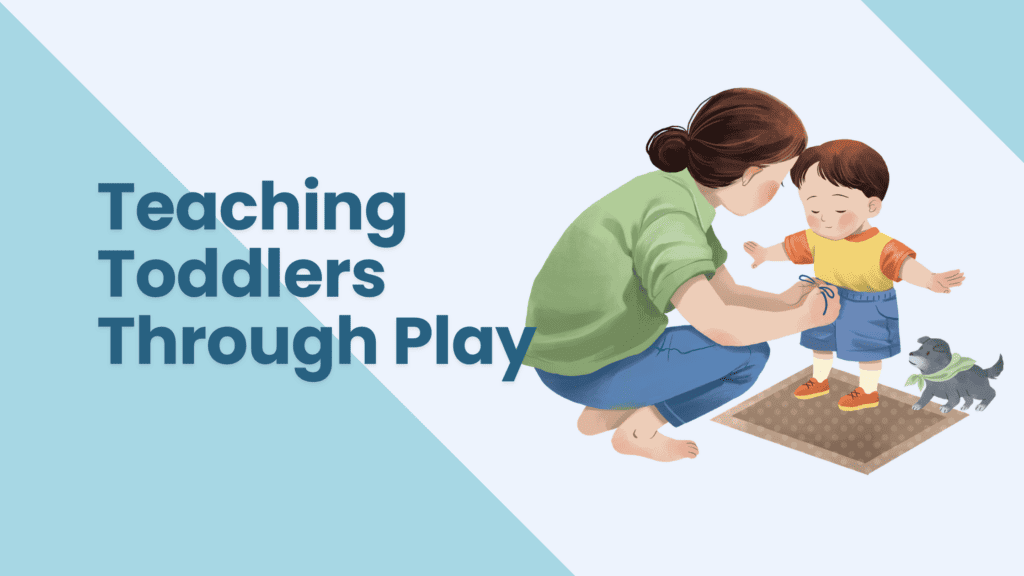
Activities for 4-Year-Olds
Science Experiments
Embrace the wonders of science with your four-year-old through exciting and straightforward DIY experiments. Create a mini volcano by combining baking soda and vinegar for an explosive eruption, or dive into the enchanting world of color-changing milk.
These hands-on experiments not only captivate their attention but also lay the foundation for basic scientific concepts in a playful and accessible manner.
Nature Collage Creations
Connect with your four-year-old outside with a nature walk together. Collect leaves, flowers, and twigs along the way, and bring the treasures home for a creative adventure.
Spread out the collected items and let your little artist arrange them into a stunning nature collage.
This not only encourages a love for the outdoors but also refines their fine motor skills as they carefully place and glue each element onto paper, creating a masterpiece of natural beauty.
Story Building with Building Blocks
Unleash the storyteller within your four-year-old by merging playtime with narrative exploration. Introduce a unique activity that combines building blocks and storytelling.
Encourage your child to construct scenes or characters using the blocks and dolls, prompting them to weave a story around their creations.
This not only fuels their creative thinking but also advances language development as they articulate their imaginative tales. Watch as their block-built stories come to life, creating a world where their imagination knows no bounds.
Wrapping Up
As we wrap up this whirlwind of playful wisdom, I hope you’re feeling inspired and armed with a toolbox of engaging activities for your little ones. Teaching toddlers through play is not just about passing the time; it’s about creating moments of joy, discovery, and growth.
From the Tiny Explorer Tango to the DIY Science Experiments, we’ve explored a diverse range of activities tailored to each age group.
Now, why listen to me, a mom of three toddlers under four? Well, I’m not just your guide; I’m in the trenches with you, navigating the chaos, spills, and triumphant moments of toddlerhood daily. So, mama, let’s embrace the chaos, sprinkle in some laughter, and turn every day into a delightful adventure of teaching and playing. Happy playing!
Frequently Asked Questions About Toddler Learning
What is the best way to teach toddlers?
The best way to teach toddlers is through play-based activities that engage their senses and foster curiosity, turning everyday moments into valuable learning experiences.
What should a 2-year-old be learning?
A 2-year-old should be learning basic motor skills, language development, and social interactions, as well as exploring shapes, colors, and simple counting through interactive play.
What should toddlers learn first?
Toddlers should learn foundational skills like communication, socialization, and motor coordination, with a focus on building a love for learning through play and exploration.
How can I educate my 2 year old at home?
To educate a 2-year-old at home, incorporate activities that encourage sensory exploration, language development, and simple problem-solving, making learning a natural part of their daily routines.
What age should a child say ABC’s?
Most children start recognizing and saying the ABCs around the age of 2 to 3, but the timeline can vary, and it’s more important to focus on creating a positive and enjoyable learning environment.
Can most 2-year-olds count to 10?
While counting abilities can vary, many 2-year-olds can grasp the concept of counting up to 10 with consistent exposure to numbers through playful activities and daily interactions.
What age do toddlers know colors?
Toddlers typically start recognizing and naming colors around the age of 2, with the understanding of more complex color concepts developing as they continue to explore and learn through play.

Octavia Steen is an NBDA certified fertility doula, health coach, certified fitness nutrition specialist, aspiring missionary with the COGIC, and owner of Mother Mindset. She helps future and current mamas become more consistent in faith + fitness and grow closer to God so they can create a healthier lifestyle from the inside out!

